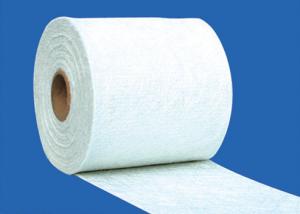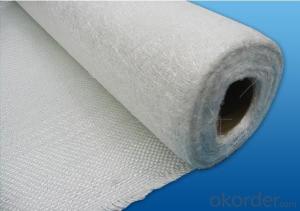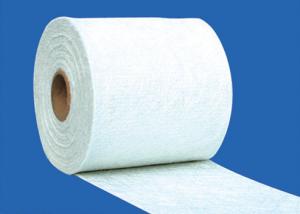FIBERGLASS WOVEN ROVING COMBO MAT 900g(600/300)
OKorder Service Pledge
OKorder Financial Service
You Might Also Like
Structure of woven roving combo mat Description:
◎ This mat is a combination of woven roving and chopped glass fiber. The layer of chopped strand is stitched together with woven roving by polyester thread. It is mainly applied in the processes of molding compressing, pultrusion, RTM, filament winding etc..
◎ This fabric is compatible with UP Resin, Vinyl ester resin, epoxy resin system etc. It is widely used in vehicle bodies and panels, marine (boat hulls and decks), pipeline, lamination and structural profiles
Main Features of the woven roving combo mat
◎ Increase strength, reduce product weight and better surface finish.
◎ low resin-consumption and faster wet-out.
◎ Good manufacturability and mechanical properties
◎ Improved fatigue and impact resistance
Woven roving combo mat Images
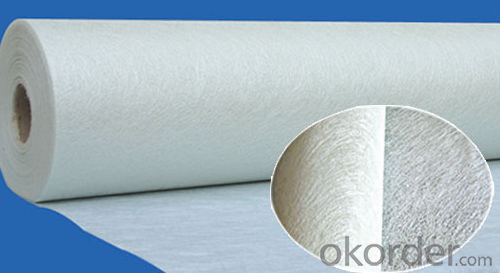
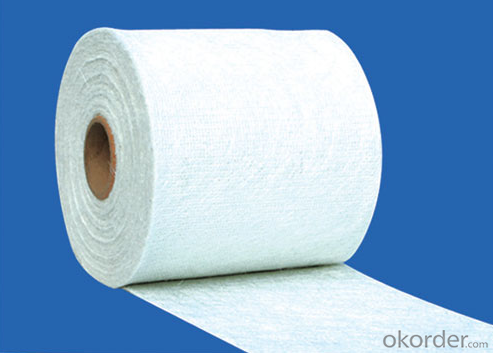
Woven roving combo mat Specification:
| ||||||||||||||||||||||||||||||||||||||||
FAQ of Woven roving combo mat:
Mainly be used as reinforced materials in the composite material industry.
• Matrix: unsaturated polyester resin, vinyl ester resin, epoxy resin and phenolic resin etc.
• Craft: pultrusion, RTM, hand lay up, etc.
• Ultimate products: pultruded profiles, FRP body of boat, insulation board, automobile body.
Delivery Detail: 15-21days
Other spec. can be custom made as per customer's request.
- Q:What is the weight of fiberglass mat tissue per square meter?
- The weight of fiberglass mat tissue per square meter can vary depending on the specific product and manufacturer. However, on average, fiberglass mat tissue typically weighs around 100-300 grams per square meter.
- Q:Can fiberglass mat tissue be used for insulation in cold environments?
- Yes, fiberglass mat tissue can be used for insulation in cold environments. Fiberglass is a common material used for insulation due to its excellent thermal properties. It has a low thermal conductivity, meaning it can effectively resist the transfer of heat, thus providing insulation in cold environments. Fiberglass mat tissue is specifically designed to provide thermal insulation and is commonly used in applications such as walls, roofs, and floors to prevent heat loss and maintain a comfortable temperature indoors. Additionally, fiberglass is resistant to moisture and does not easily degrade or lose its insulating properties in cold and damp conditions, making it a suitable choice for insulation in cold environments.
- Q:Can fiberglass mat tissue be used for wall insulation?
- No, fiberglass mat tissue is not typically used for wall insulation. It is more commonly used in applications such as reinforcing and adding strength to composite materials like fiberglass panels or laminates. For wall insulation, other materials like fiberglass batts, mineral wool, or foam boards are typically used.
- Q:Is fiberglass mat tissue suitable for insulation in data centers?
- Yes, fiberglass mat tissue is a suitable material for insulation in data centers. It provides excellent thermal insulation properties, helping to maintain the desired temperature and prevent heat loss. Additionally, fiberglass is fire-resistant and can offer acoustic insulation, reducing noise levels in the data center. Overall, fiberglass mat tissue is a reliable and effective choice for insulation in data centers.
- Q:What are the main applications of fiberglass mat tissue?
- The main applications of fiberglass mat tissue include reinforcement in the construction industry for roofing, walls, and flooring, as well as insulation in thermal and acoustic systems. It is also used in the manufacturing of automotive parts, boats, and pipes for their strength and durability. Additionally, it finds use in the production of printed circuit boards and as a filtration medium in air and liquid filtration systems.
- Q:What is the tensile strength of fiberglass mat tissue?
- Fiberglass mat tissue usually has a tensile strength ranging from 30 to 150 pounds per inch (lb/in). Nevertheless, it is crucial to bear in mind that the precise tensile strength may differ based on the particular type and quality of fiberglass mat tissue utilized.
- Q:Can fiberglass mat tissue be used for ceiling insulation?
- No, fiberglass mat tissue is not suitable for ceiling insulation. While fiberglass mat tissue is commonly used in various construction applications, such as reinforcing plaster or other building materials, it is not designed or recommended for insulation purposes. When it comes to ceiling insulation, there are specific materials that are more suitable and effective, such as fiberglass batts, cellulose, or foam insulation. These materials are specifically engineered to provide thermal resistance and reduce the transfer of heat between the interior and exterior of a building. Using fiberglass mat tissue as ceiling insulation would not only be ineffective in providing proper insulation, but it may also pose safety risks. Fiberglass mat tissue is typically thin and lacks the necessary thickness to effectively insulate ceilings. Additionally, fiberglass insulation materials are known to release airborne particles and fibers, which can be hazardous to health if inhaled. Therefore, it is important to use the appropriate insulation materials that are specifically designed for ceiling insulation to ensure energy efficiency, comfort, and safety in your home or building.
- Q:Can fiberglass mat tissue be used for insulating crawl spaces?
- Yes, fiberglass mat tissue can be used for insulating crawl spaces. Fiberglass mat tissue is a versatile and commonly used material for insulation purposes. It is lightweight, flexible, and easy to install, making it suitable for crawl spaces which often have limited access and tight corners. Fiberglass mat tissue is also resistant to moisture, mold, and pests, making it an ideal choice for crawl spaces which are prone to these issues. Additionally, it provides excellent thermal insulation properties, helping to maintain a consistent temperature and energy efficiency within the crawl space. Overall, fiberglass mat tissue is a reliable and effective option for insulating crawl spaces.
- Q:What is the expected lifespan of fiberglass mat tissue in power generation applications?
- The lifespan of fiberglass mat tissue in power generation applications can vary depending on a range of factors, including the specific application, environmental conditions, and maintenance practices. However, fiberglass mat tissue is renowned for its durability and longevity, making it a popular choice in power generation. Typically, fiberglass mat tissue can endure for approximately 20 to 30 years in power generation applications. This longevity is attributed to its exceptional resistance to corrosion, heat, and chemicals, which are commonly encountered in power generation facilities. Additionally, fiberglass mat tissue can withstand high mechanical stress and maintain its structural integrity over extended periods. Nevertheless, it is important to acknowledge that the lifespan of fiberglass mat tissue can be influenced by factors such as exposure to extreme temperatures, humidity, and chemicals, as well as the frequency and quality of maintenance and inspections. Ensuring regular inspections and proper maintenance is crucial for significantly extending the lifespan of fiberglass mat tissue in power generation applications. To determine the specific expected lifespan of fiberglass mat tissue for a particular power generation application and operating conditions, it is advisable to consult with manufacturers and industry experts.
- Q:How does the width of fiberglass mat tissue affect its conformability?
- The width of fiberglass mat tissue does not directly affect its conformability. Conformability is primarily determined by the flexibility and pliability of the material itself, rather than its width.
1. Manufacturer Overview |
|
|---|---|
| Location | |
| Year Established | |
| Annual Output Value | |
| Main Markets | |
| Company Certifications | |
2. Manufacturer Certificates |
|
|---|---|
| a) Certification Name | |
| Range | |
| Reference | |
| Validity Period | |
3. Manufacturer Capability |
|
|---|---|
| a)Trade Capacity | |
| Nearest Port | |
| Export Percentage | |
| No.of Employees in Trade Department | |
| Language Spoken: | |
| b)Factory Information | |
| Factory Size: | |
| No. of Production Lines | |
| Contract Manufacturing | |
| Product Price Range | |
Send your message to us
FIBERGLASS WOVEN ROVING COMBO MAT 900g(600/300)
OKorder Service Pledge
OKorder Financial Service
Similar products
New products
Hot products
Related keywords
